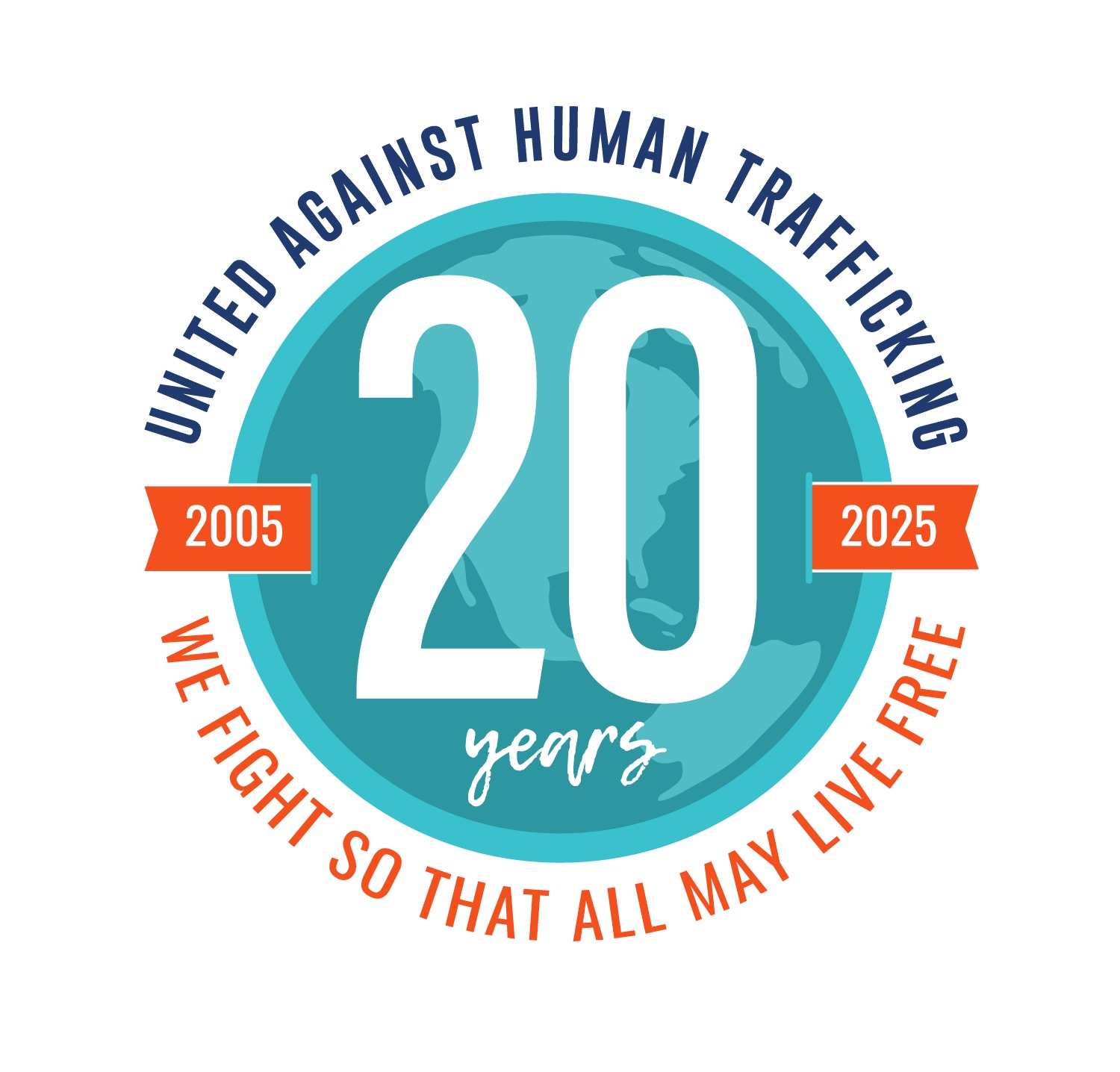
1. Labor Trafficking Afflicts Every Corner Of The Globe
Labor trafficking—when someone is physically forced, threatened, or tricked into working–afflicts every corner of the globe, just like sex trafficking. Even with limited data on human trafficking, it’s clear: labor trafficking is more common than sex trafficking. Yet all too frequently, we ignore the signs and impact of labor trafficking, we don’t report the crime, and we never empower victims to leave their dangerous trafficking situations.
When we think of labor trafficking, we think “not us.”
Labor trafficking brings to mind stories of factory fires in Bangladesh, children in Nike factories overseas, young girls in garment sweatshops in some distant, far-off place making 30 cents an hour. And that’s true. Labor trafficking can and does take those forms.

2. But it’s more than that. It’s close to home.
Labor trafficking can be experienced by the nanny for those kids down the street. It happens to workers at that donut shop you always go to on Fridays before work starts. To the day laborers you see waiting for work at Home Depot.
Labor trafficking is here. It’s in Houston, it’s in our communities. And it’s something that we can see – if we know the signs.
We want to help you know what to look out for, so we’re launching a blog series on labor trafficking. We are going to talk with you about three types of businesses where labor trafficking can thrive, and give you, the customer, questions to consider as you support these businesses.

3. Labor Trafficking is a business. Vote with your dollar.
As consumers, our purchasing power is a huge tool at our disposal. Maybe you have heard the phrase “vote with your dollar.” By actively making a choice to spend our money on fair trade and ethically produced goods and services and by refusing to spend it on exploitative business practices, we shape the economy.
As consumers, our purchasing decisions tell people and companies what and who we value.
We as consumers must learn about dangerous working environments, red flags for exploitation, and best practices. Knowing what is fair trade is a good, necessary starting point, and there are several resources out there for you! You can check out Fair Trade USA for information and shopping tips, or some of the webinars that UAHT has released online.
But it can’t end there.
We have to know the signs of labor trafficking and exploitation, and we need to be engaged as consumers if we truly want to create a world where all are free.
The fight to end human trafficking is a journey. Thank you for joining us on it.
National Human Trafficking Hotline is a toll-free number anyone can call to report or get more information on human trafficking. Call 1-888-373-7888.

